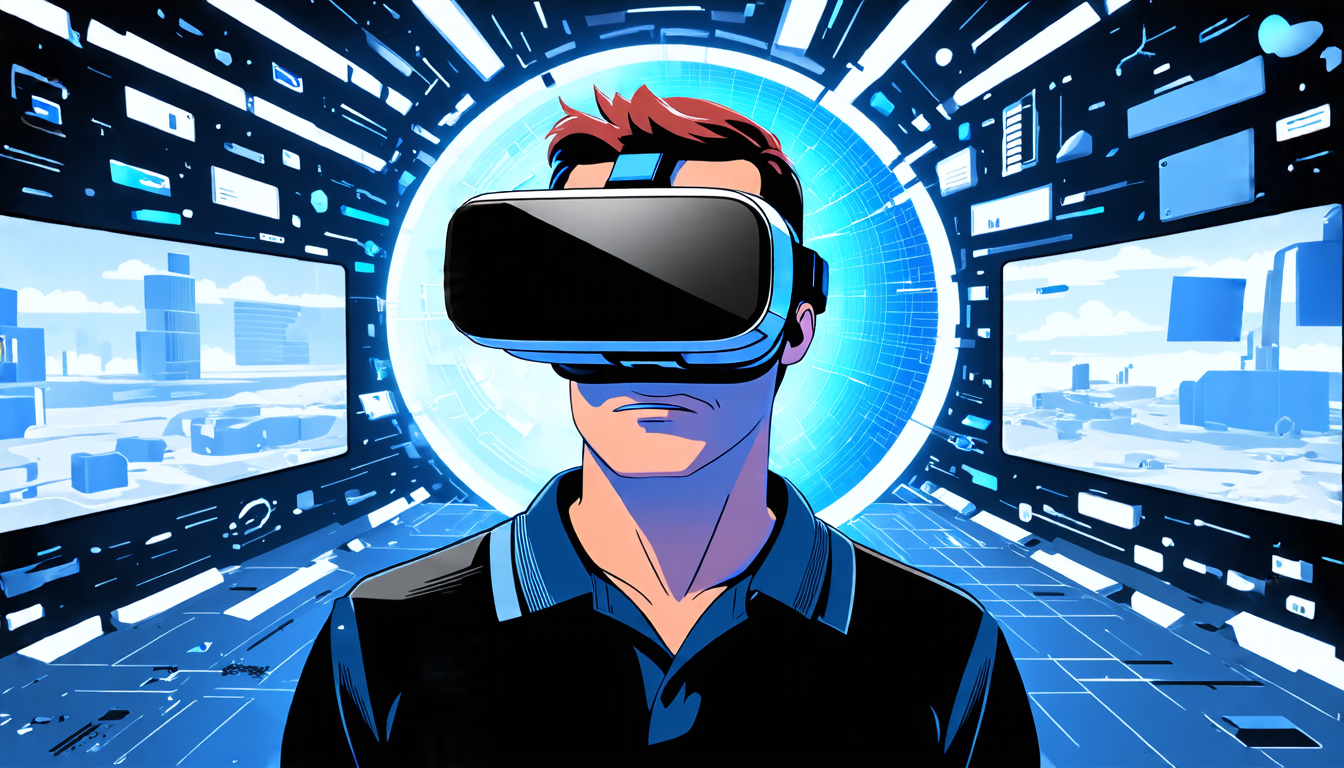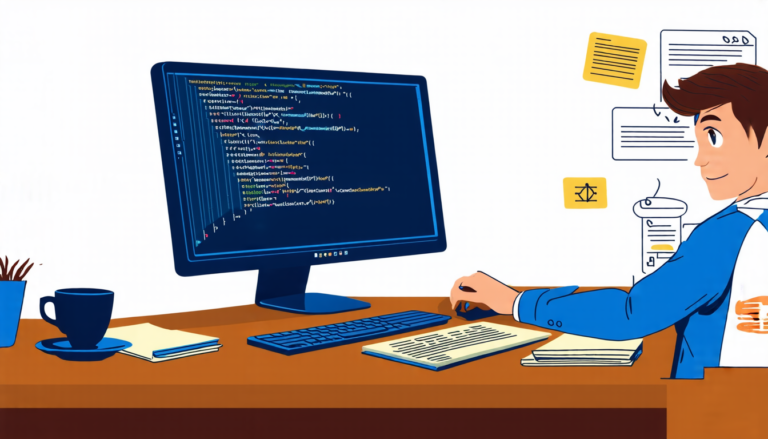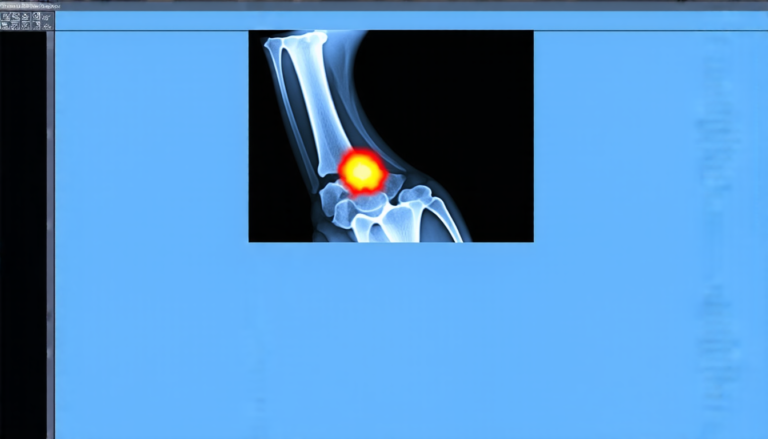Monday 05 May 2025
Researchers have made a significant breakthrough in creating immersive and realistic virtual environments by developing a new technique for projecting stereoscopic images onto cylindrical screens. This innovation has the potential to revolutionize the way we experience virtual reality, allowing us to feel more fully immersed in virtual worlds.
The technique, known as Stereoscopic Cylindrical Screen (SCS) projection, uses four cubemaps to render a scene from different angles and then samples relevant cubemaps onto the cylindrical screen. This allows for accurate depth rendering and creates a stereo effect that is visible from any viewing angle.
One of the major challenges in creating immersive virtual reality experiences is dealing with the limitations of traditional planar screens. These screens can only display a limited range of angles, which can create a sense of disorientation and reduce the overall sense of immersion.
Cylindrical screens, on the other hand, offer a much wider field of view and are better suited to creating a sense of presence in virtual environments. However, projecting stereoscopic images onto these screens has proven to be a complex problem, requiring significant computational power and advanced rendering techniques.
The SCS projection pipeline is designed to overcome this challenge by optimizing the rendering process for both eyes and accounting for user position through off-center projection. This allows for fast and efficient rendering of high-quality stereoscopic images that are perfectly suited to cylindrical screens.
In addition to its technical innovations, the SCS projection pipeline also has significant practical applications. For example, it could be used to create more realistic and immersive virtual try-on experiences in e-commerce and retail environments. It could also be used to enhance the sense of presence in virtual reality training simulations, making them more effective and engaging.
The researchers have already implemented their technique on a cylindrical projection display at Carnegie Mellon University’s Entertainment Technology Center, where it is being used by students for entertainment design courses. The code base is available online, allowing other researchers and developers to build upon the team’s work.
While there are still some limitations to the SCS projection pipeline, its potential to create more realistic and immersive virtual environments makes it an exciting development in the field of computer graphics and virtual reality. As the technology continues to evolve and improve, we can expect to see even more innovative applications of this technique in a wide range of fields.
Cite this article: “Strengthening the Sense of Presence: A Breakthrough in Virtual Reality Technology”, The Science Archive, 2025.
Virtual Reality, Stereoscopic Imaging, Cylindrical Screens, Computer Graphics, Projection Mapping, Immersion, Depth Rendering, Off-Center Projection, E-Commerce, Entertainment Design.







